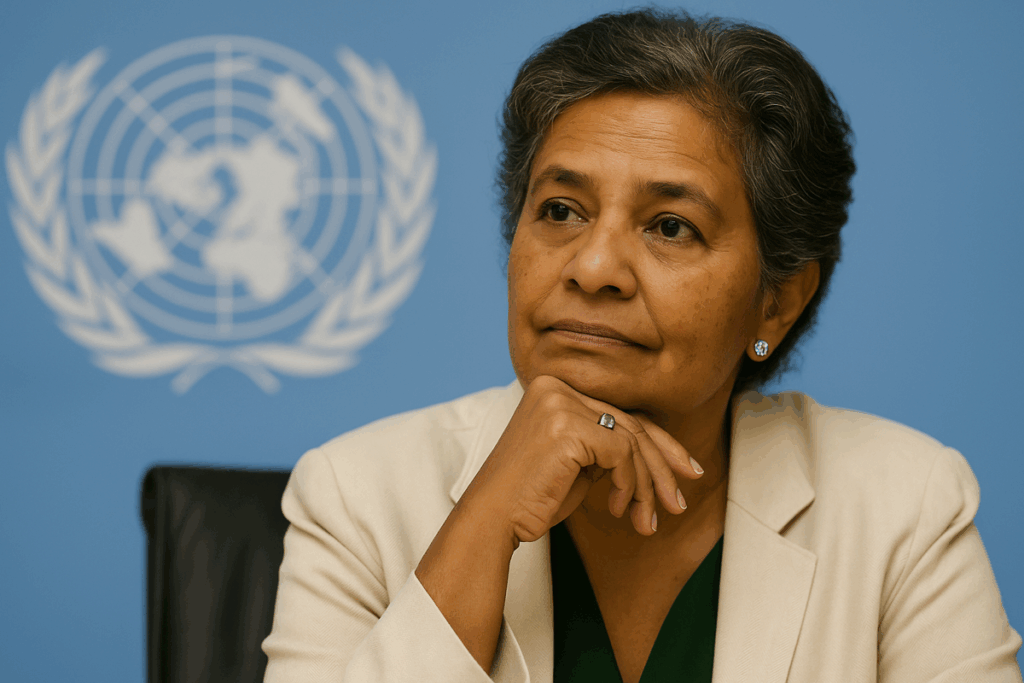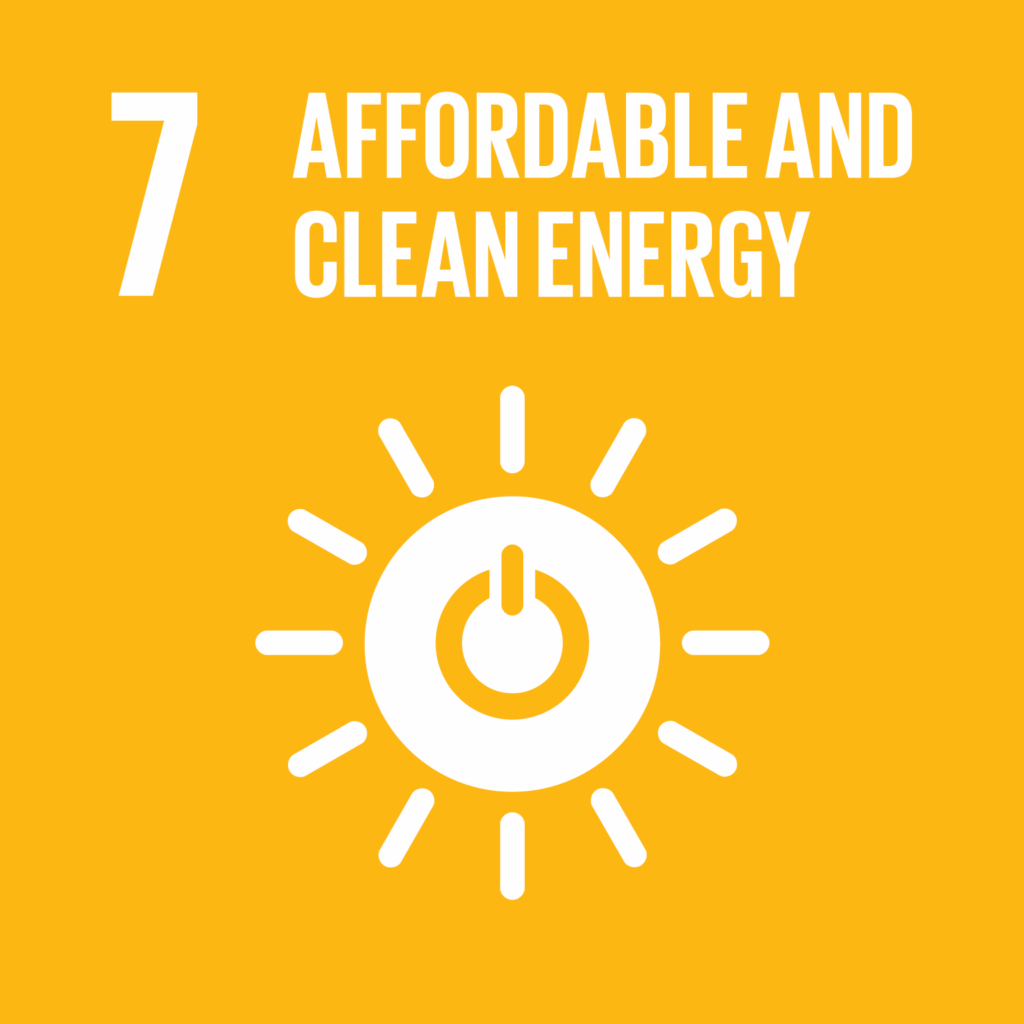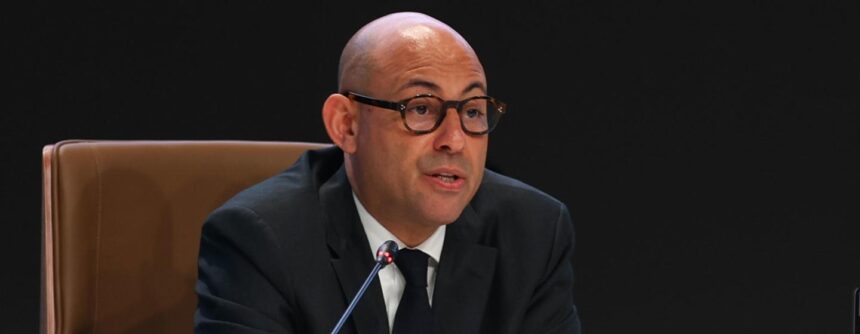Artificial intelligence (AI) is a powerful tool in the fight against climate change — but only if managed wisely. UN Climate Chief Simon Stiell believes AI’s potential outweighs its risks. The belief is that governments police their own use and curb the technology’s energy consumption.
What’s Happening & Why This Matters

AI is already transforming the battle against climate change. It’s optimising energy grids, reducing emissions from industrial processes, and even assisting in climate diplomacy by mapping risk and guiding resilient planning. Stiell, speaking at the United Nations General Assembly in New York, framed AI as a “game-changer”. Yet, he warned that it must be powered by renewable energy and employ clear ethical guidelines.
“AI is not a ready-made solution,” Stiell said. “It carries risks. But it can also be a game-changer. We need to blunt its dangerous edges and sharpen its catalytic ones.”
This message comes as global AI development surges. Projects like OpenAI’s $100 billion investment with Nvidia, which could require electricity on par with ten nuclear reactors, are drawing scrutiny. These massive data centres push global electricity demand to nearly 1,000 terawatt-hours (tWh) by 2030; the projection is according to the International Energy Agency. Without safeguards, these operations risk undermining the very climate goals AI seeks to achieve.
Meanwhile, companies like Microsoft and Amazon Web Services are already tapping nuclear energy to fuel data centre growth. Microsoft has even signed a 20-year agreement to restart part of the infamous Three Mile Island reactor. Additionally, AWS purchased a facility next to Pennsylvania’s Susquehanna nuclear plant to secure nearly a gigawatt of power.
Stiell stressed that clean energy must drive AI infrastructure, or the planet could face an escalating climate crisis. He urged tech companies to embrace innovation responsibly: “If you run a major AI platform, power it with renewables and innovate to drive energy efficiency.”
Global Climate Progress and Economic Opportunities

Stiell offered an optimistic view of global progress, noting that the world is “aligning with the Paris Agreement.” Investments in renewable energy have increased tenfold over the past decade, reaching $2 trillion in 2024. China leads the clean energy boom, followed closely by the EU, India, and regions in Africa and Latin America.
However, the United States remains a mixed picture. While federal efforts to combat climate change have slowed under President Donald Trump, individual states and private companies continue to invest in renewable solutions. Stiell noted that over 90% of new renewable projects now cost less than the cheapest fossil fuel alternatives, proving that the economics of clean energy are firmly in place.
A study by the Industrial Transition Accelerator revealed a $1.6 trillion opportunity for investors, as only 15 of the 700 planned low-carbon industrial projects worldwide are currently moving into full production. Stiell believes this funding gap is where AI-driven efficiencies can unlock new possibilities.
Challenges Ahead
Despite the momentum, Stiell acknowledged that the benefits of the clean energy transition are not yet reaching everyday households. While companies and investors see growth, communities worldwide see uneven access to these advancements.

The urgency is growing as climate impacts intensify. Under the Paris Agreement, nations must submit updated national climate action plans — known as NDCs — to curb greenhouse gas emissions. Many major economies, including China, India, Russia, and Saudi Arabia, have yet to finalise their submissions. Trump has withdrawn the U.S. from the agreement, creating a leadership void in global climate diplomacy.
Stiell framed the upcoming COP30 summit in Brazil as a defining moment. “Right now, we need to send an unmistakable signal: the world is rock-solid behind Paris and fully onboard for climate cooperation,” he said.
TF Summary: What’s Next
AI is both a threat and a solution to climate change. If fueled by renewable energy and tightly regulated, it could accelerate the global transition to a low-carbon economy. However, the massive energy demands of AI data centres could derail progress without careful oversight.
The COP30 summit will serve as a crucial test of whether governments and corporations can collaborate to align AI innovation with climate goals.
MY FORECAST: Stiell hopes his message inspires (or compels) regulators to introduce stricter AI-energy consumption rules. Renewable-powered AI data centres introduce a competitive advantage for innovators and their customers.
— Text-to-Speech (TTS) provided by gspeech


